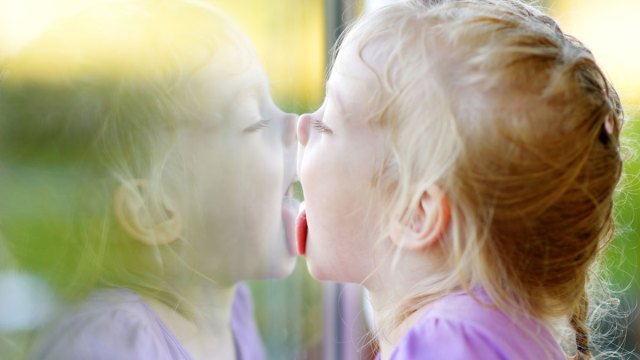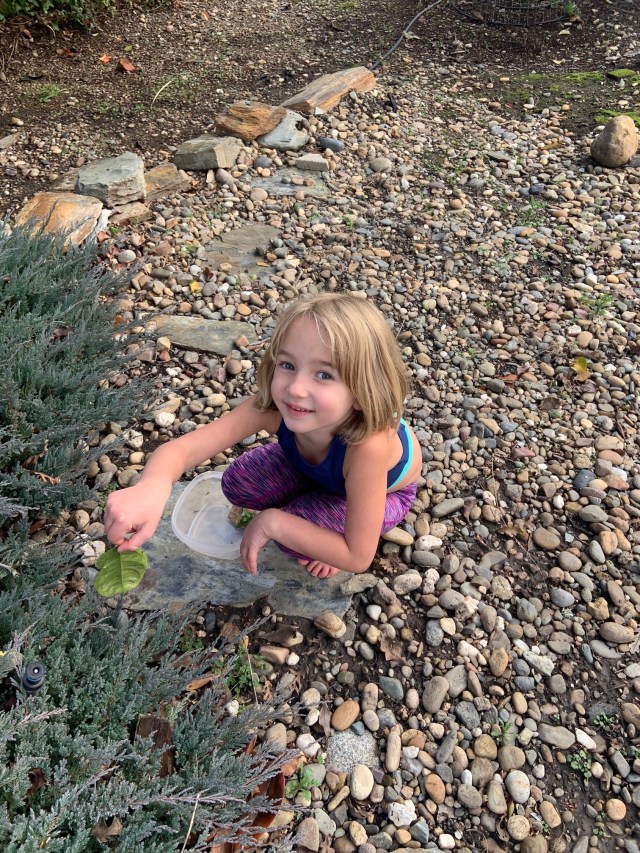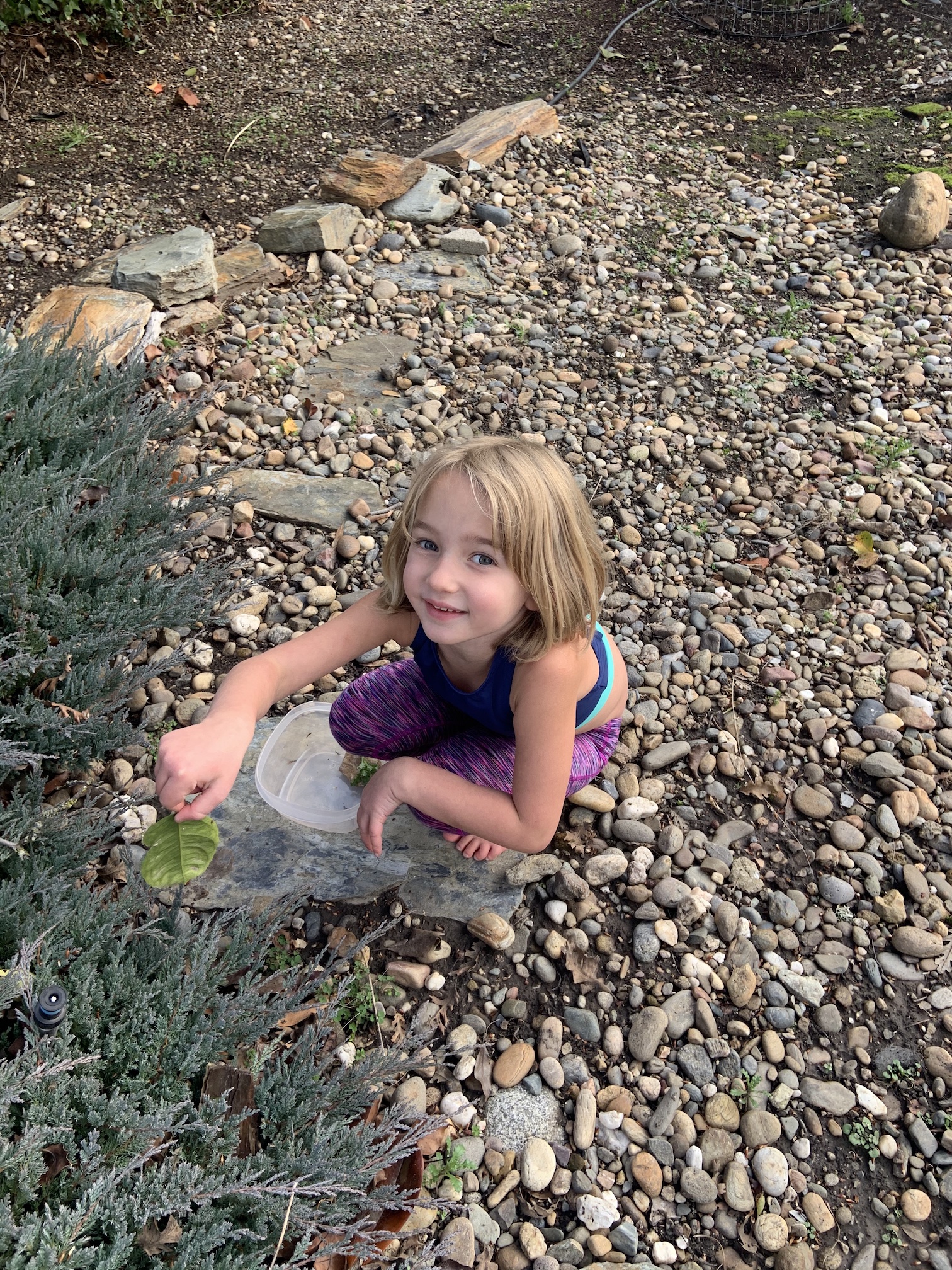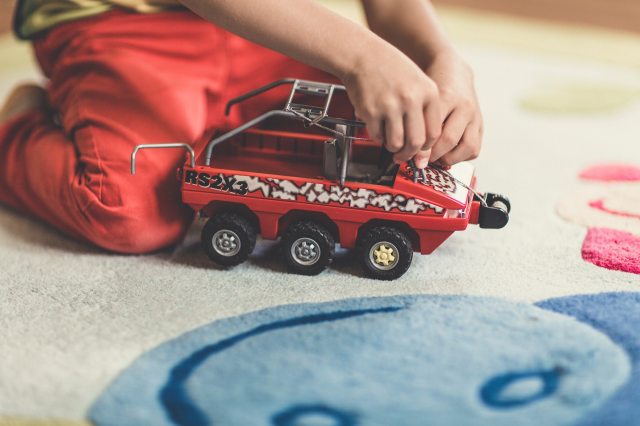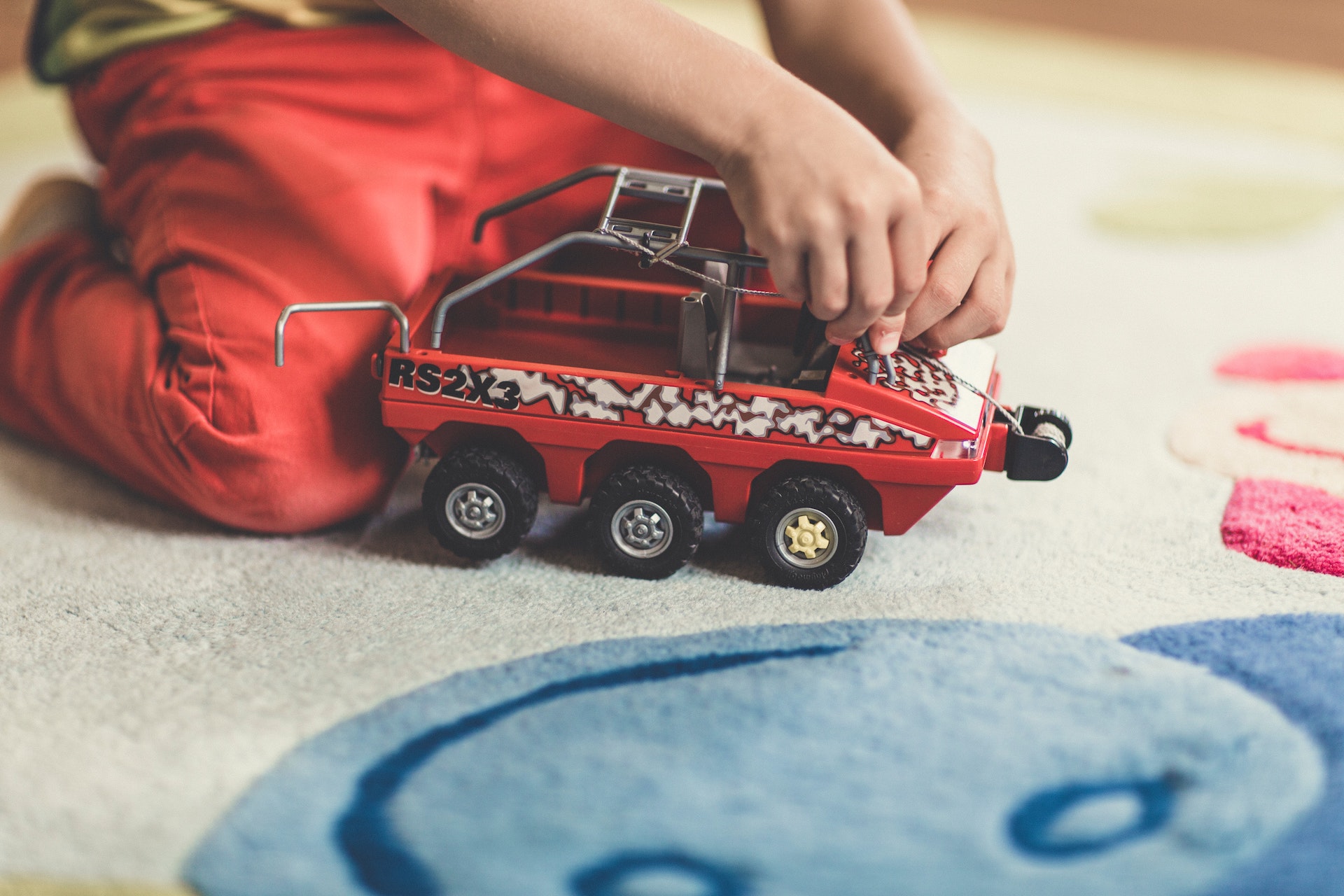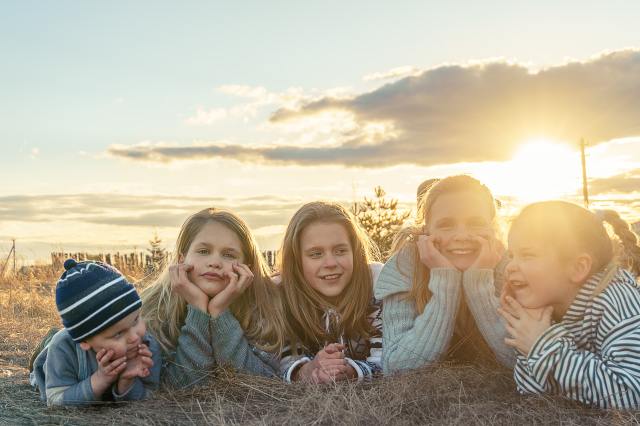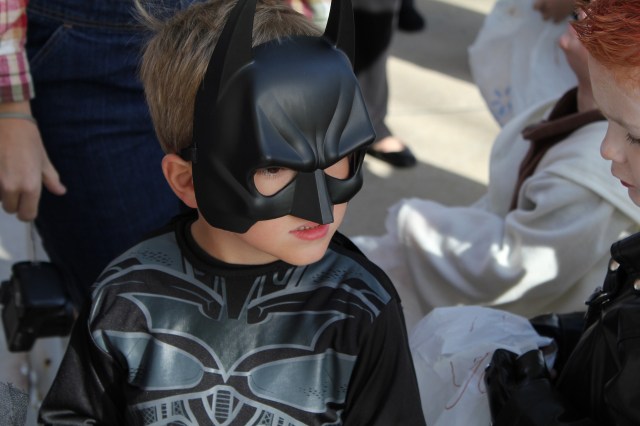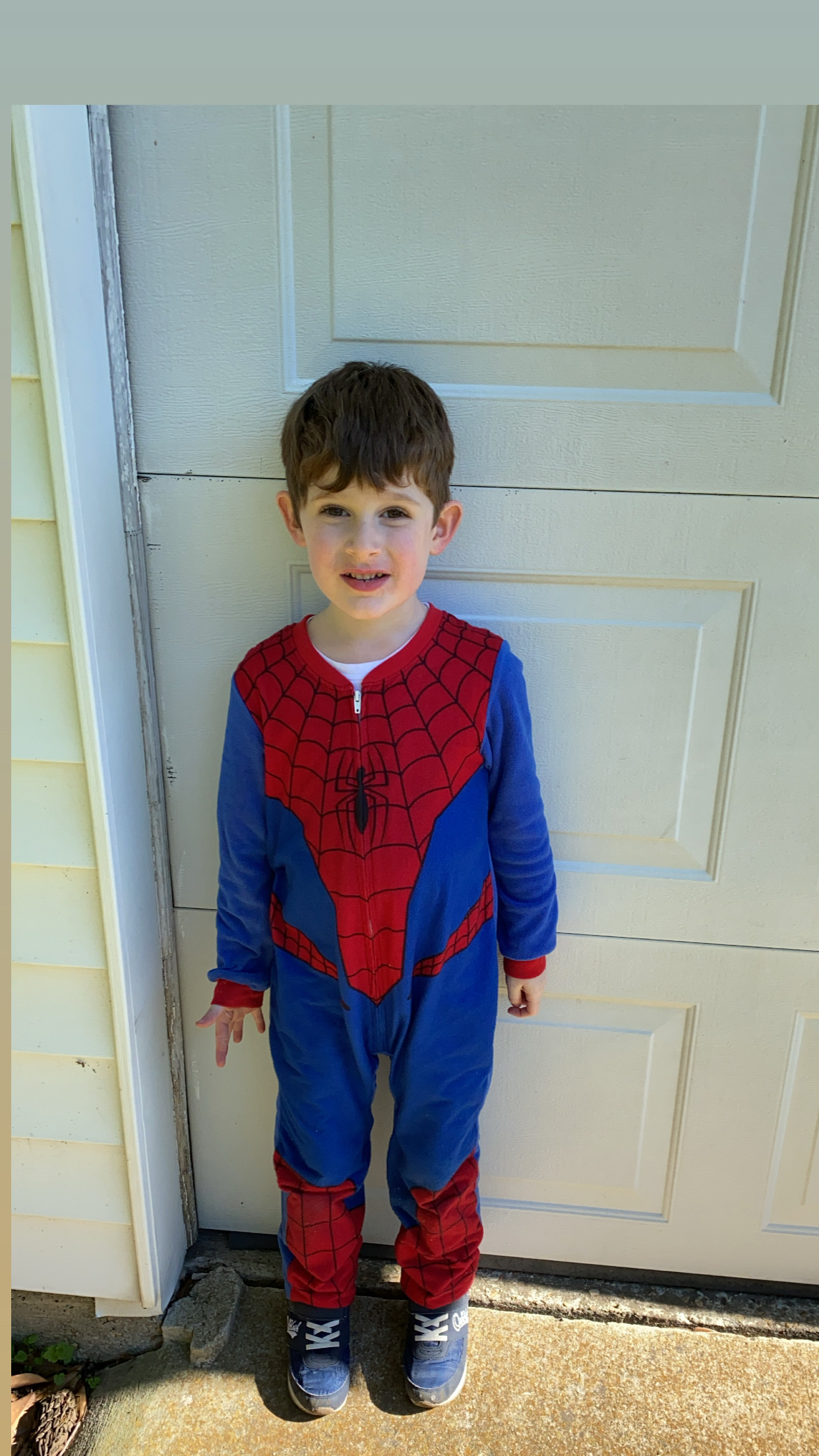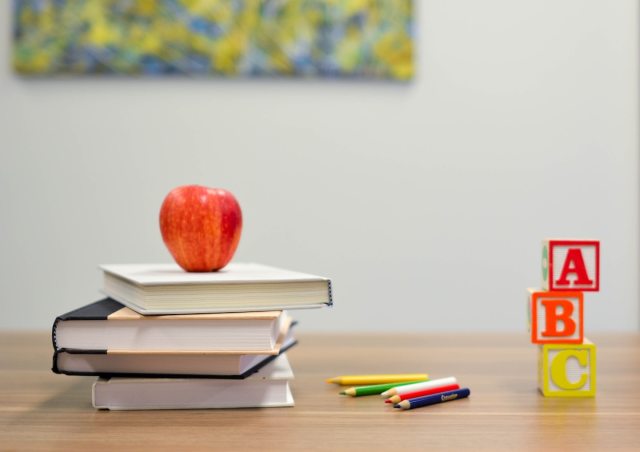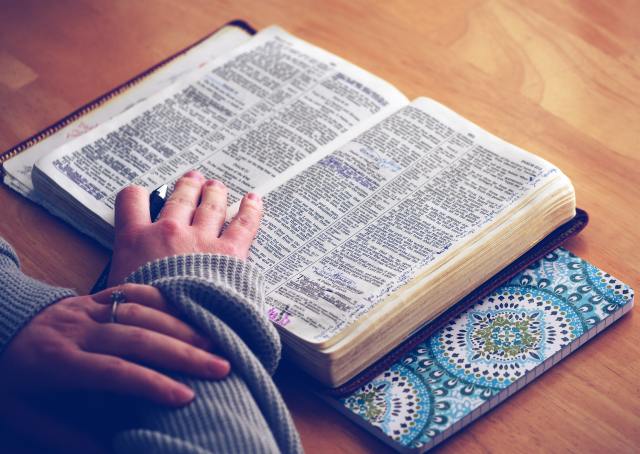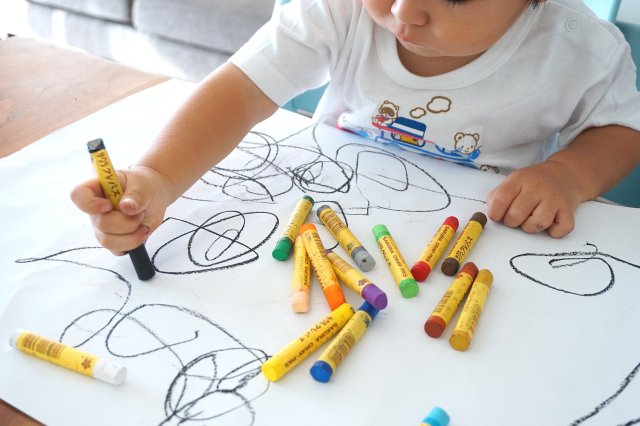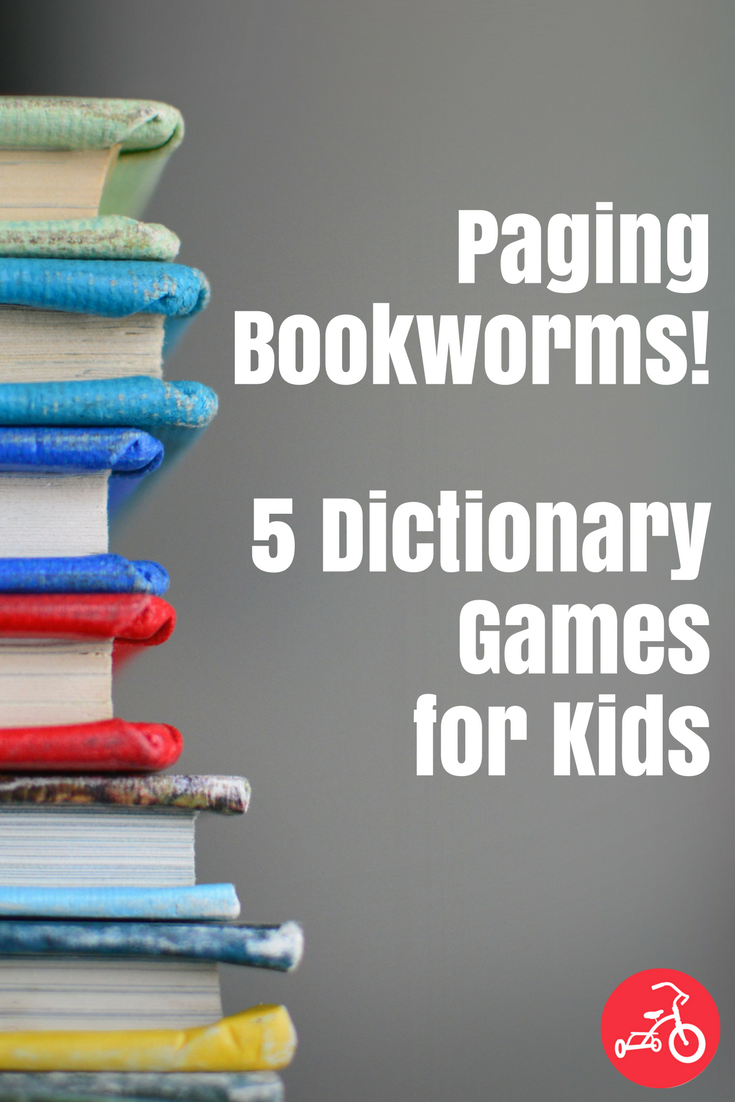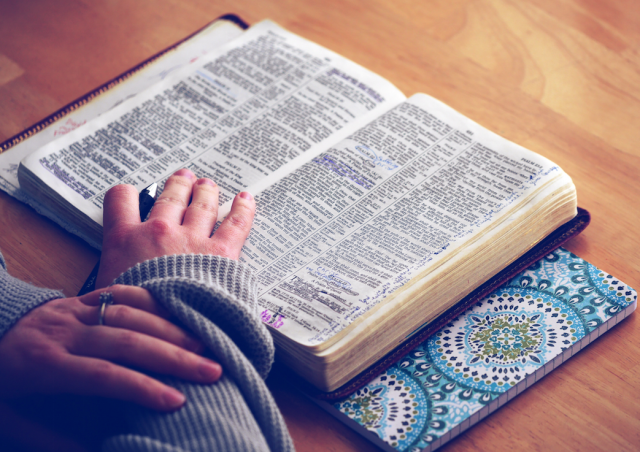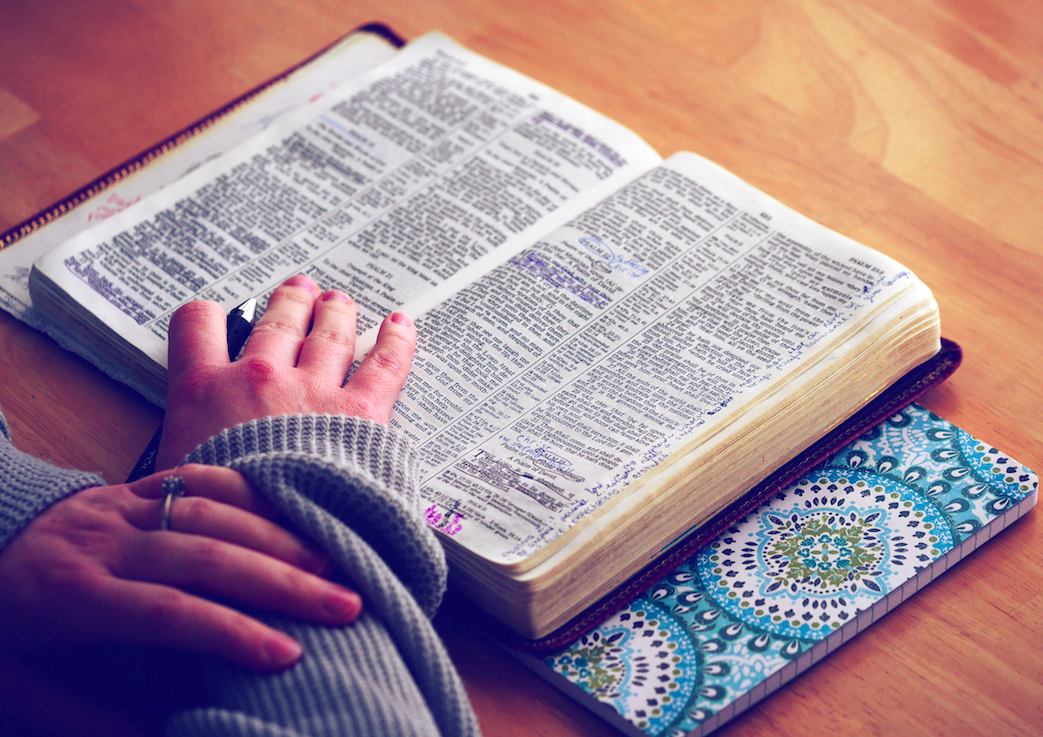Hello My Little Sweet Potato,
We need to talk. I know you’re going through some very important developmental milestones, but I have some concerns about your behavior that I feel we should address.
Last night, you whipped your diaper off with such force that a nugget of poo flew across the room and struck me in the chest. I’m not going to lie, that was upsetting, and I’m still not exactly sure how it even happened. I understand you want to do things “by yourself,“ but I have never flung my poo at you, so I think it’s fair to ask that that never happen again.
While we are on the topic of nonsense, what is with your insane tantrums? That can’t be normal. I think you may be suffering from PMS (Preschool Meltdown Syndrome). I’ve heard it’s a thing—I didn’t just make that up.
I know toddler life is full of disappointments and upsets, but you should know that it is completely unnecessary to fall to the ground—as though you’re composed entirely of jello—every time something doesn’t go your way.
I’m sorry I wouldn’t let you play in the oven. I know, I suck. Maybe when you’re older.
And, as much as I would enjoy the sabbatical from cooking, I can’t let you live off fruit snacks and giant hunks of cheese. If you did, you would never poop again, and then what would you throw at me? Think about that.
We also need to talk about your sleep. There is no need to switch out stuffed animals at 3 a.m. They don’t care who you’re sleeping with. They are stuffed and have no real feelings. I, on the other hand, do, and when you wake up and refuse to get back in bed at 3 a.m., what I feel most is anger.
Then there’s your pants—or lack thereof. Listen, I don’t like pants either, but unfortunately, they are required when we are in public. Going forward, I would like to cease all arguments about pants—it’s a non-negotiable topic. If we’re staying home, then, by all means, roam free, my little gazelle. I will be the first one in attendance at your no-pants-party.
Lastly, you know I’m not a stickler when it comes to screen time, but you are really pushing the limits of my sanity with your viewing preferences. Seventeen consecutive episodes of Paw Patrol is the definition of excessive. There isn’t anyone or anything left to save in Adventure Bay—those pups are just showboating at this point.
So, kid, we’ve got to make some changes. Maybe we can settle this over a game of Hungry, Hungry Hippos? I’ll let you be the blue one, then you can change your mind and demand the yellow one, only to ultimately play with the orange one.
Whatever we do, we need to do something. I love you, but I can’t peel you off one more floor or haul you out of another restaurant screaming and crying because your juice was too juicy.
You’re gonna have to work with me here.
Patiently awaiting your response,
Mommy
Originally published January 2017.
RELATED LINKS
The Inner Monologue of a Toddler Is Exactly What You’d Expect
5 Ways to Deal with Toddler Tantrums without Losing Your Cool
7 Phrases to Avoid Saying to Your Toddler
